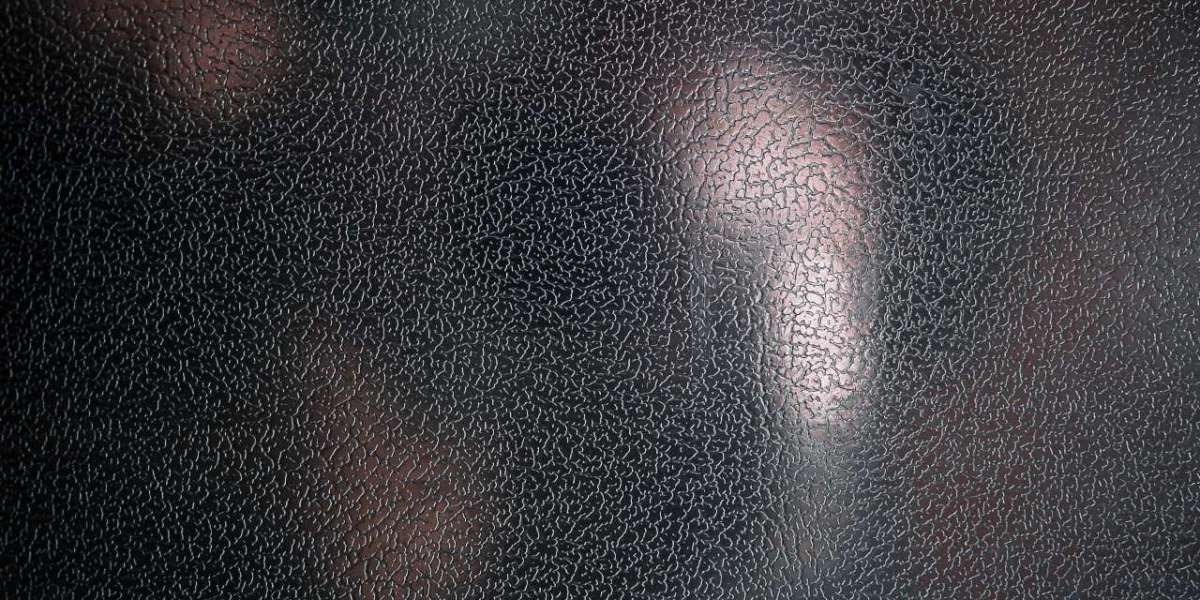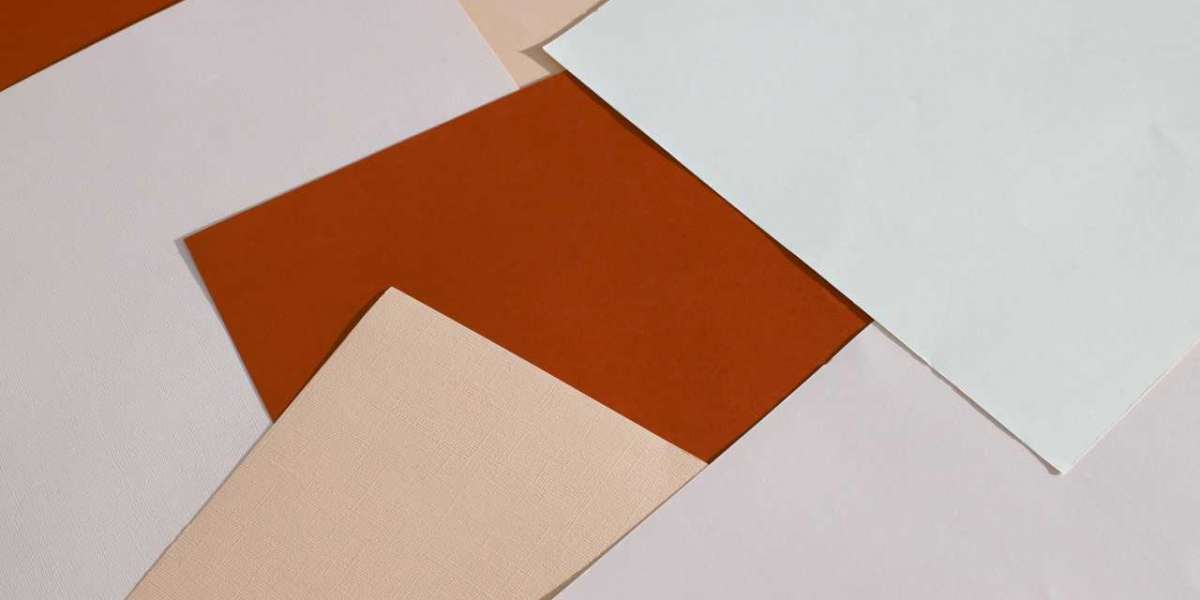When it comes to rapid prototyping and design iteration, FDM 3D printing plays a crucial role in revolutionizing the manufacturing industry. This innovative technology has transformed the way products are developed, allowing for faster and more cost-effective iterations. In this blog post, we will explore the various aspects of FDM 3D printing and its significance in the realm of rapid prototyping and design iteration.
Enhancing Design Flexibility
FDM 3D printing offers unparalleled design flexibility, allowing designers and engineers to create complex geometries and intricate details that were previously impossible to achieve. With traditional manufacturing methods, such as injection molding, the design process is often limited by the constraints of the manufacturing process. However, with FDM 3D printing, designers have the freedom to experiment with different shapes, sizes, and structures, enabling them to push the boundaries of innovation.
For example, in the automotive industry, FDM 3D printing has been used to create lightweight and aerodynamic parts that enhance fuel efficiency and performance. By utilizing FDM 3D printing, designers can optimize the design of these parts, reducing weight and improving overall functionality.
Accelerating Time-to-Market
One of the key advantages of FDM 3D printing in rapid prototyping and design iteration is its ability to significantly reduce the time-to-market for new products. Traditional manufacturing methods often involve lengthy lead times, as molds and tooling need to be created before production can begin. This can result in delays and increased costs.
With FDM 3D printing, however, the production process is much faster and more efficient. Designers can quickly iterate and test their designs, making necessary modifications on the fly. This accelerated development cycle allows companies to bring their products to market faster, gaining a competitive edge in the industry.
Cost-Effective Prototyping
Another major advantage of FDM 3D printing is its cost-effectiveness in prototyping. Traditional prototyping methods, such as CNC machining, can be expensive, especially for complex designs or low-volume production. FDM 3D printing eliminates the need for expensive tooling and molds, making it a more affordable option for prototyping.
By using FDM 3D printing, companies can quickly produce functional prototypes, allowing them to test and validate their designs before committing to full-scale production. This iterative process helps identify and resolve design flaws early on, saving both time and money in the long run.
Conclusion
FDM 3D printing has revolutionized the field of rapid prototyping and design iteration, offering enhanced design flexibility, accelerated time-to-market, and cost-effective prototyping. This technology has opened up new possibilities for innovation and has become an indispensable tool for designers and engineers across various industries.
As the manufacturing industry continues to evolve, it is clear that FDM 3D printing will play a crucial role in shaping the future of product development. Its ability to quickly iterate and test designs, coupled with its cost-effectiveness, makes it an invaluable asset for companies looking to stay ahead in a competitive market.
For more information on the role of FDM 3D printing in rapid prototyping and design iteration, please visit the following credible sources:








